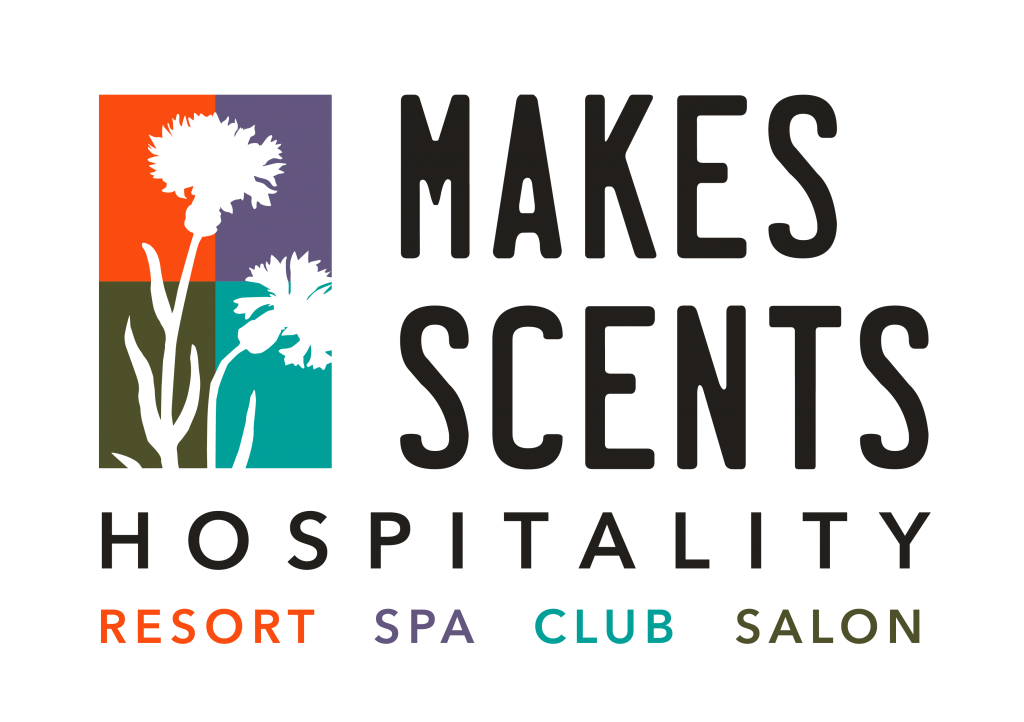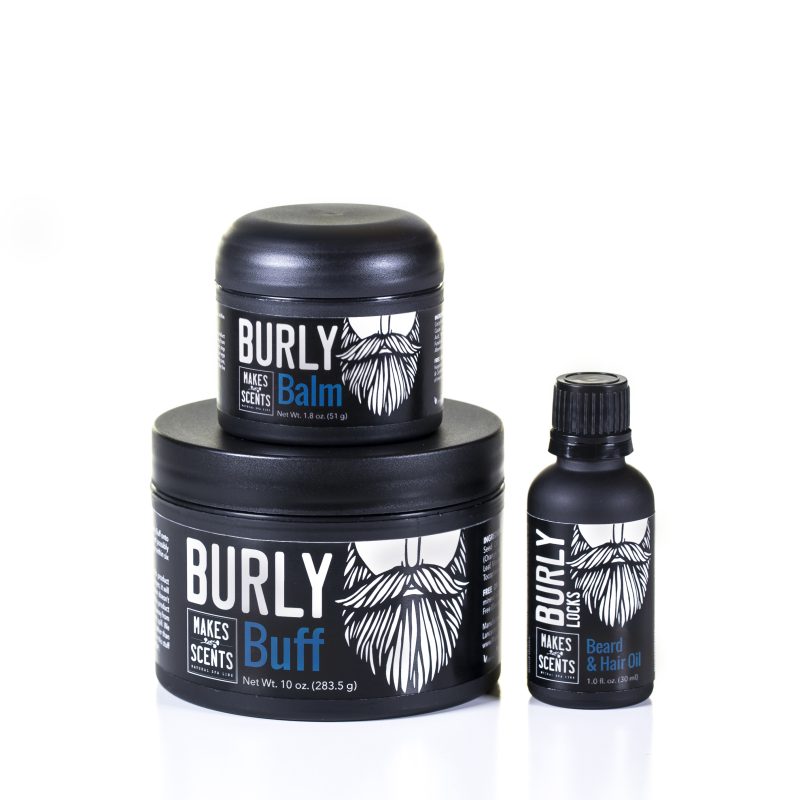Education
Spa Product Labels: More Than a Pretty Face
Although you may never have to create a product label, understanding some of the labeling regulations for spa products can be beneficial. After all, the more informed you and your team are about the quality of the products you use and the integrity of the manufacturers who make those products, the more confident you can feel about the treatments and retail items you offer your guests.
Labels Aren’t Just Eye Candy: Purpose and Protocols
A product label must be more than visually appealing. Manufacturers must ensure labels comply with all regulations set forth by the Federal Food, Drug, and Cosmetic Act (FD&C Act) and the Fair Packaging and Labeling Act (FP&L Act). Bath, body, and skin care products are considered “cosmetics,” and the Federal Drug Administration (FDA) enforces laws regarding their production and labeling.
Proper labeling helps consumers make informed decisions when buying products. It helps safeguard the public from deceptive marketing practices and potential health risks.
In this article, I’ll discuss some of the labeling rules for spa products. Please note that the information to follow is a high-level summary. It is not an extensively detailed or exhaustive list of regulations. Visit the FDA’s website for additional details about cosmetics labeling requirements.
Requirements for Outer Container Labels
Outer containers (e.g., the box or wrapper a product is packaged in) must have labels with a principal display panel and an information panel that meet FD&C Act and FP&L Act labeling regulations.
Principal Display Panel
The principal display panel is the most prominently displayed portion of a retail product’s label. It must have the following elements:
- Identity/name of the product – This must be expressed as the common (usual) name, a descriptive name, a fanciful name (if it is obvious what the product is), or an illustration.
- A warning statement – If the manufacturer has not proven the product’s ingredients and finished product are safe, the panel must display the following message: “Warning – The safety of this product has not been determined.”
- Net quantity of contents – The label must accurately disclose the amount of product in the container — i.e., weight, volume, measure, numerical count, or a combination of those things. Typically, this must be presented in terms of fluid measure at 68 degrees Fahrenheit (20 degrees Celsius) for liquid products. Solid or semi-solid products usually are disclosed in terms of weight.
Information Panel
The information panel on the outer container typically contains the product’s ingredients and instructions for use. Required details on this panel include:
- Business name and address of the manufacturer, packer, or distributor – It must identify the street address, city, state, and zip code. If not using the manufacturer’s name and address, the name must be preceded by a phrase such as “Manufactured for …”, “Distributed by …”, or other appropriate wording.
- Directions for safe use – If a consumer could face harm if they use the product incorrectly, instructions for using it must appear.
- Warnings statement – If a product poses any health hazard risk, its label must have a prominent warning statement.
- Ingredient declaration – Under FP&L Act rules, cosmetic product ingredients must appear on the outer container’s information label on products sold on a retail basis but not on back-bar products used professionally at resorts, salons, and spas. Ingredients disclosure rules also do not apply to free samples. Generally, cosmetic product ingredients must appear in descending order of prominence. If the cosmetic is also considered a drug, its active drug ingredients must appear before the cosmetic ingredients. The label should then show “Active Ingredients” (drug ingredients) first, followed by “Other Ingredients” (cosmetic ingredients). Any ingredient that serves as a fragrance or flavor should be listed in descending order of predominance in the product. It should appear as its true name or as “fragrance,” “flavor,” or “flavor and fragrance” if it serves as both. Color additives and ingredients present at 1% or less in the product can be declared in any order, and ingredients that the FDA has exempted from public disclosure can be stated as “and other ingredients.” If the FDA has accepted the name of an ingredient as a trade secret, the manufacturer does not have to specifically reveal it on the label.
- Any other required information
Requirements for Inner Container Labels
A product’s inner container (which directly holds the product) must have a label that discloses much of the same information as the outer container’s label. Requirements for the inner container label’s front and information panels include:
Front Panel
- Name/Identity of the product
Information Panel
- Directions for safe use
- Warnings statement
- Name and place of business
- Net quantity of contents
- Any other required information
If a product is displayed for sale without an outer container, the inner container’s label must include all of the information (including an ingredients declaration) required for outer containers.
Label Design and Language Requirements
The laws not only set the rules for what must appear on labels but also establish where and how they should appear so consumers can easily find and read the information.
For instance…
1) The principal display panel must be large enough to provide enough space for all label information. There are specific instructions depending on the shape of package:
- Rectangular – The principal display panel label must cover one entire side.
- Cylindrical – The label must be at least 40% of the height and circumference of the package.
- Other shapes – The principal display panel must be at least 40% of the total container surface area (excluding the top, bottom, neck, shoulder, and flanges).
2) Decorative or “boudoir-type” containers (such as compacts or pill boxes) and containers containing a quarter ounce or less of the product may use a tear-away tag, tape, or card affixed to the container as their label.
3) Adequate color contrast must exist between the text and background on labels to prevent information from blending in. Also, no design elements should hide or disguise the required label information. Specific rules apply for different information on labels. For example, the product’s name should be shown in bold type in a reasonable size and positioned parallel to the product’s base.
4) The FDA requires all labels to be in English — except for products distributed only in Puerto Rico or a territory where English is not the primary language.
Safety-Related Statements
The FD&C and FP&L Acts work together to help ensure consumer safety. One way they do so is through requiring certain product safety testing and warning statements on cosmetic product labels.
For a product to be considered safe, experts with scientific training and experience must have assessed the ingredients, chemical composition, test and toxicological data, and other information and concluded the product will not cause harm to consumers.
Even when the safety of each ingredient has been substantiated, some toxicological testing must usually be carried out on the formulated product to verify its safety in that form.
The label must display a warning statement if a spa product or its ingredients pose any health hazards. Failure to include that disclosure could result in a misbranding violation under the FD&C Act.
Warning statements must appear prominently so that consumers will see them and be more likely to read them when buying and before using a product. The warning must be in bold type — no less than one-sixteenth of an inch in height — on the label to prevent it from being lost among other words and design elements.
More strict warning statement rules apply to certain products, such as cosmetic aerosols, feminine deodorant sprays, and bubble bath.
Fair Packaging Rules to Prevent Deceiving the Public
The FP&L Act requires that labels give consumers accurate information about how much of a product is within a package. That information helps buyers compare products more effectively.
Also, labels may not mislead consumers by making false claims about what the product will do for them. According to the FD&C Act, cosmetics are intended to be “rubbed, poured, sprinkled, or sprayed on, introduced into, or otherwise applied to the human body” for “cleansing, beautifying, promoting attractiveness, or altering the appearance.”
Claiming a spa product will treat or prevent disease (or somehow affect the structure of or enhance the function of the body) could result in the FDA classifying the product as a drug rather than a cosmetic. And that leads to much more strict regulations.
Products Considered Both Cosmetics and Drugs
Some products are classified as both cosmetics and drugs. According to the FD&C Act, drugs are “articles intended for use in the diagnosis, cure, mitigation, treatment, or prevention of disease” and “articles (other than food) intended to affect the structure or any function of the body of man or other animals.”
If the FDA considers a product both a cosmetic and a drug, its labeling must meet the requirements for both.
The FDA determines how to classify a product based on several considerations:
- Claims about the product – If a company promotes its product — whether online, in print ads, or via other means — as a remedy for treating or preventing disease or somehow affecting the functions or structure of the human body, the FDA may deem the product a drug. Examples of claims that might prompt classification as a drug include reducing cellulite, restoring hair growth, regenerating cells, or influencing melanin production.
- Consumer perception – The FDA will consider why the consumer is buying the product and what they expect it to do for them.
- Product ingredients – If any ingredient in the cosmetic product has a documented therapeutic use (such as fluoride in toothpaste for preventing tooth decay), the FDA might classify the product as a drug.
Examples of products with intended use as a drug and cosmetic:
- Anti-dandruff shampoo
- Toothpaste with fluoride
- Deodorants with antiperspirant ingredients
- Makeup and moisturizers that claim to protect skin from UV rays.
While cosmetic products and most ingredients do not require FDA approval before going to market, products considered drugs do. They either need premarket approval through the New Drug Application (NDA) process or meet criteria for the particular drug category they fall into (as established by the FDA’s Over-the-Counter Drug Review).
Regarding label requirements, cosmetics that are also drugs must display the active drug ingredients before listing cosmetic ingredients.
Your Responsibility as a Spa Professional
Most clients don’t have an overwhelming curiosity about product labels. However, as spa professionals, it’s important that you’re able to field the occasional question about the products you’re using in treatments and selling on a retail basis. Reading labels and understanding their significance will help you be a reliable resource for your clientele. And if you have any questions about the products you’re using, ingredients, and potential adverse reactions or side effects, contact the manufacturer for information and guidance.
If you have questions about any of the products our sister companies, Makes Scents Natural Spa Line and Hempfield Botanicals, manufacture, reach out to us! We are always happy to educate and inform you about what’s in our products, how we make them, and what you and your guests can expect when using them.

